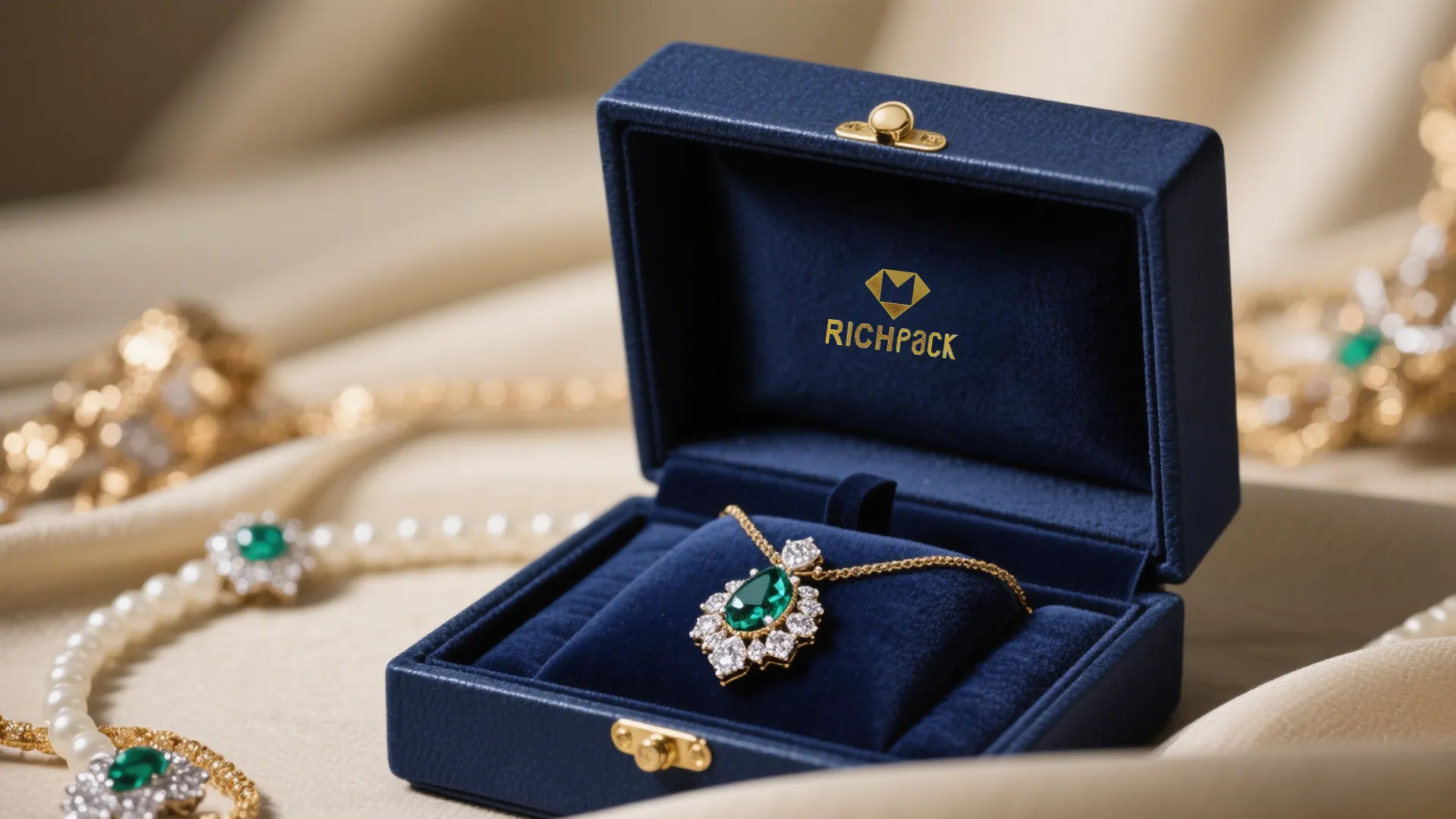
Best 4 Jewelry Storage and Displays Ideas for Stunning Jewelry Spaces
2025-04-16
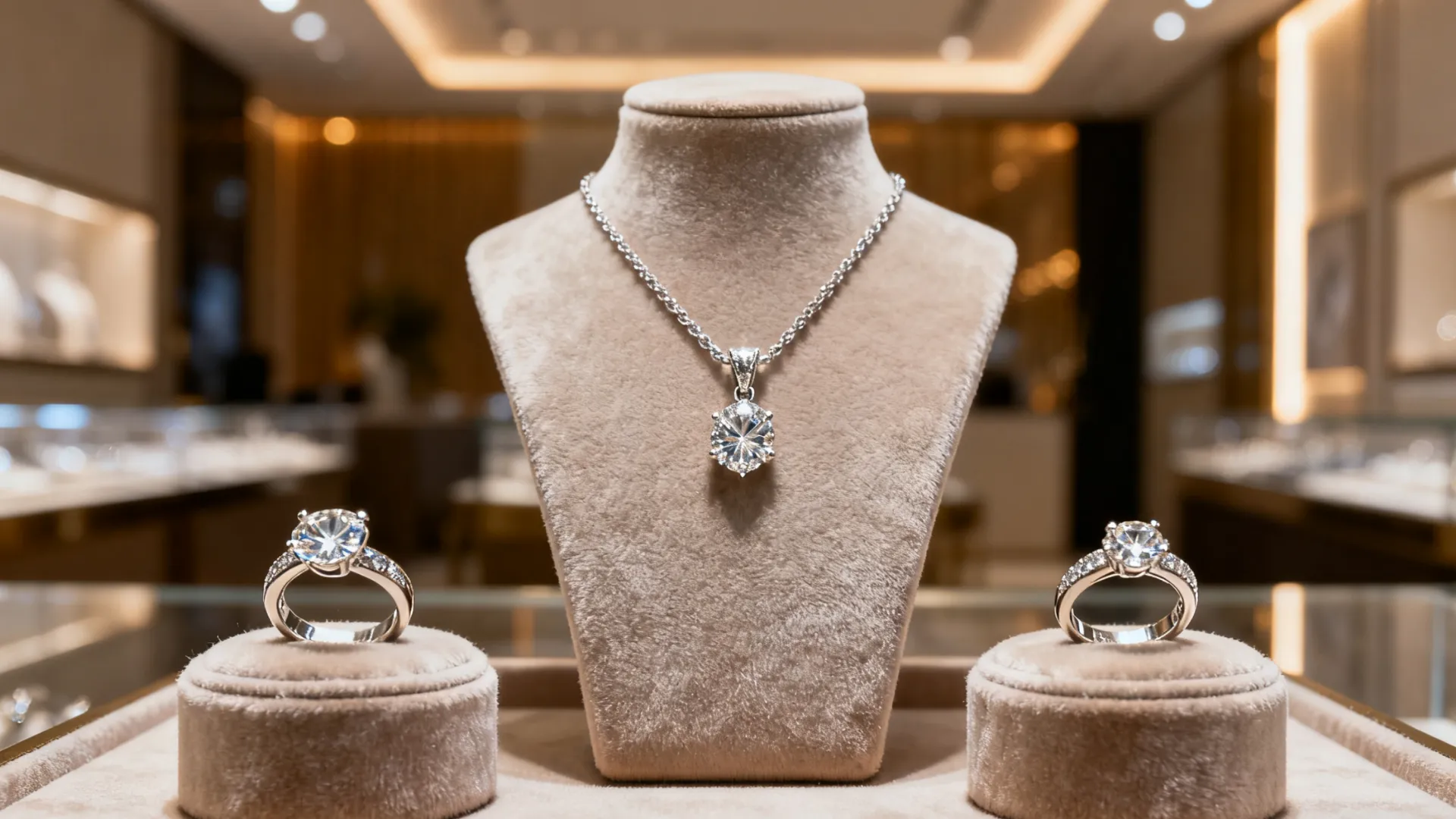
Your stunning jewelry deserves more than just a shelf; it needs a stage that sells. Many retail stores struggle to turn beautiful pieces into consistent sales because their displays lack strategy. This guide moves beyond simple ideas. This guide moves beyond simple ideas. We will show you how to build a powerful visual merchandising system that captivates customers, enhances your brand, and directly increases your jewelry display sales conversion.
Before we talk about specific stands or lights, we need to shift our mindset. A jewelry display is not just storage; it is your most persistent and hardworking salesperson. It works 24/7 to communicate value, tell your brand’s story, and guide customers toward a purchase.
Many retailers focus on making their displays look “pretty,” but the core goal is revenue. Optimizing visual merchandising can increase time spent in-store by 20% and is cited by 50% of shoppers as a key driver for impulse purchases.

Every choice, from the texture of a riser to the angle of a spotlight, must be intentional, aimed at encouraging a sale, and making the value of your jewelry immediately apparent.
A customer’s journey from browsing to buying follows a predictable psychological path. An effective display intercepts this journey at critical points. It first grabs attention, then holds interest by highlighting unique features, and finally creates a desire to own the piece. Understanding this path allows you to design displays that don’t just showcase jewelry but actively persuade.
To systematize this process, we developed the F.O.C.U.S. Principle. This framework provides a clear roadmap for creating displays that consistently convert. It ensures every aspect of your merchandising serves a strategic purpose.
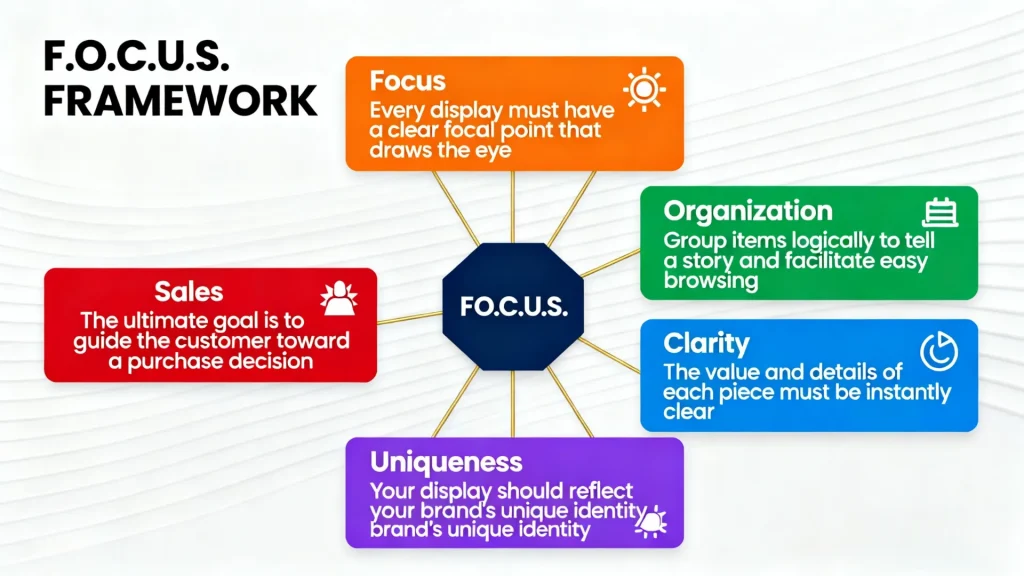
With a strategic framework in place, we can now focus on two of the most impactful elements in jewelry merchandising: your store’s layout and its lighting. These two components work together to create an immersive environment that directs attention and showcases your products in their best possible form.
Your store’s layout is the roadmap that guides your customers. A well-planned flow encourages exploration and exposes shoppers to a wider range of your products. Ensure pathways are clear and inviting, leading customers naturally from the entrance toward key showcases at the back of the store. A classic example is the “decompression zone”: one boutique saw an 18% lift in average transaction value by moving their best-selling core collection from the entrance to the store’s back wall, forcing customers to traverse the space and view mid-range collections first.
Within your layout, you need to create clear focal points. These are high-impact displays, often located in the center of the store or at the end of an aisle, designed to capture immediate attention.
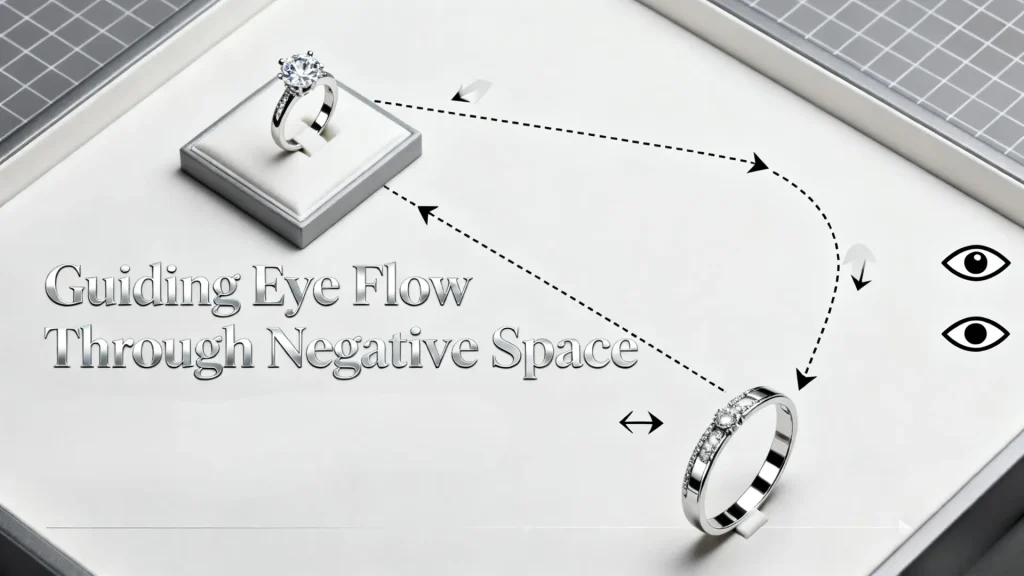
Use your most spectacular or newest pieces in these areas to draw customers deeper into your space. For even more innovative display concepts, see our guide on 20 Creative Jewelry Display Ideas for Stores & Small Spaces.
Lighting is arguably the single most important technical element in a jewelry display. The right light brings a diamond to life and makes gold glow warmly. Poor lighting can make even the most exquisite piece look flat and uninspired.
Color Rendering Index (CRI) measures how accurately a light source reveals the true colors of an object. For colored gemstones like rubies, sapphires, and emeralds, you need a high CRI (90+). A low CRI light can make vibrant stones appear dull and washed out.
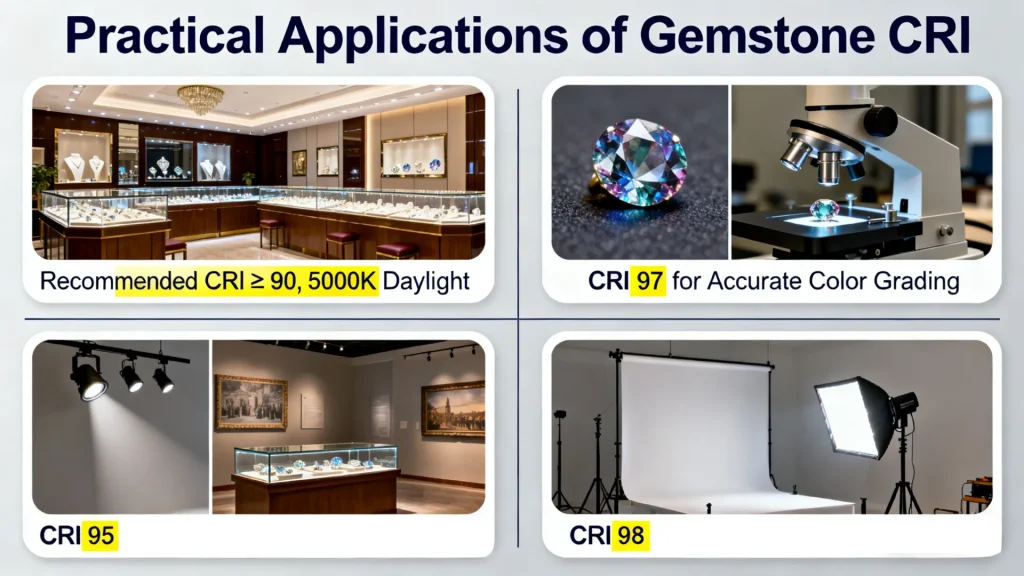
Color temperature, measured in Kelvin (K), affects the mood and the appearance of metals. Warm light (2700K-3000K) enhances the rich tones of yellow gold. Cool, neutral white light (4000K-5000K) is ideal for making diamonds, platinum, and silver appear bright and sparkling. A specialized diamond retailer documented a 25% increase in customer inquiries about diamond “fire” simply by switching from standard 3500K general ambient light to focused 5000K cool LED spotlights inside the display cases.
A great lighting plan uses multiple layers. Ambient lighting provides overall illumination for the store. Accent lighting, like spotlights inside a showcase, draws attention to specific pieces. These focused beams create the sparkle and fire that customers expect to see.
Once you have your strategy and lighting plan, you need the right tools to execute your vision. The display fixtures you choose are the physical stage for your jewelry. They provide structure, organization, and a backdrop that enhances your products. To dive deeper into the most practical fixture options, check out our guide on the 10 Best Jewelry Display Solutions for Retail Success, which provides a clear checklist of display types every retailer should consider for maximizing sales impact.
Your toolkit should include a variety of display types. These range from large counters that define your space to small, individual stands that highlight a single piece. The key is to have a versatile collection that can be adapted for different products and promotions.
For a detailed selection of the best options, check out our comprehensive guide: Top 10 Best Jewelry Display Stands for Stunning Presentation and Protection, where we highlight stands that combine visual impact with functionality, ensuring your jewelry shines and stays secure.
Wholesale Jewelry stands, such as custom necklace busts, earring trees, and ring holders, are essential for presenting items individually. They allow you to add height and dimension to your displays. A well-chosen stand presents a necklace at a natural angle, as if it were being worn, helping customers visualize it better. For our top picks and expert advice on choosing the perfect fixtures, check out the Top 10 Best Jewelry Display Stands for Stunning Presentation and Protection.
Display counters and glass cases are the foundation of your store’s layout. They provide security for high-value items while allowing for clear visibility. When designing your counters, consider viewing angles and ensure the height is comfortable for customers to look into without straining.

Never let your display be flat. Risers and blocks are simple but powerful tools for creating different levels within your showcases. By placing items at varying heights, you create a more dynamic and visually interesting presentation that prevents pieces from getting lost.
Trays are fundamental for keeping smaller items like rings, earrings, and pendants organized. They create a clean, cohesive look inside a display case. Choose trays with soft linings like velvet or faux leather to protect the jewelry and provide a luxurious backdrop.
The materials you choose for your displays communicate a powerful, non-verbal message about your brand. They are the tactile element of your visual merchandising. They can make your brand feel luxurious, rustic, modern, or classic.
Velvet and leather often convey luxury and tradition. They provide a soft, rich background that makes metals and gems stand out. Wood can offer a warm, natural, or rustic feel, while polished acrylic creates a clean, modern, and minimalist aesthetic.
Your choice of material should be a direct reflection of your brand. A brand that sells minimalist, contemporary silver jewelry might be best served by sleek acrylic and metal displays. A store specializing in vintage-inspired, artisanal gold pieces would be better complemented by rich woods and dark velvets. Consider an artisanal brand that transitioned from generic white displays to custom fixtures crafted from reclaimed, dark-stained wood and raw linen risers—this move instantly elevated their price perception, allowing them to introduce a 20% price premium that customers willingly accepted as part of the unique brand experience.
Standard, off-the-shelf displays are a great starting point and can be very effective. However, when you want to create a truly unique brand experience or have specific product needs, custom displays are the answer. Customization allows you to control every detail, from the exact color of the fabric to the shape of the display itself.
For those who want to elevate both the aesthetic appeal and practical usability of their displays, our guide on The Approach to Balancing Function and Aesthetics in Custom Jewelry Display Design explores strategies to create truly effective custom solutions that impress customers while optimizing product accessibility.
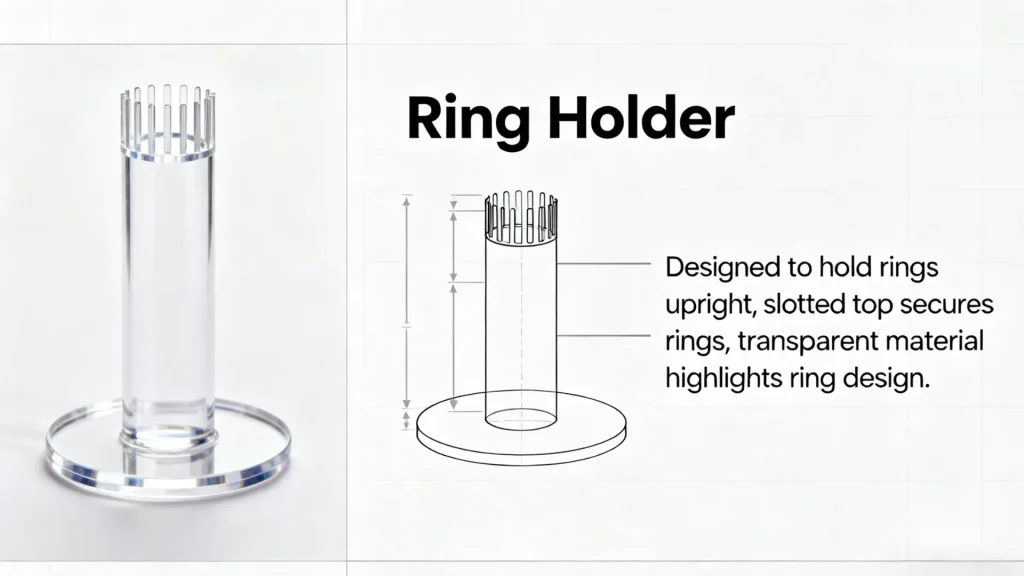
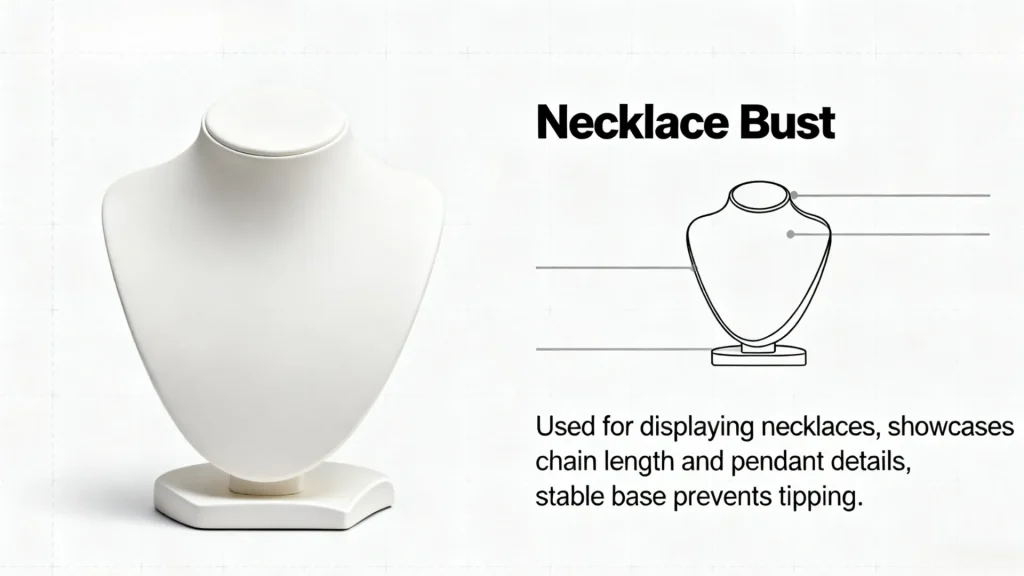
As leading custom display manufacturers, we follow a collaborative process to bring your vision to life. For example, one fine jewelry client increased key product sales by 35% after implementing our design. It starts with a consultation. It starts with a consultation to understand your brand and goals. We then move to concept design, material selection, prototyping, and final production, ensuring the final product perfectly matches your specifications.
Having the right strategy and tools is only half the battle. Effective execution is what turns a well-planned display into a high-performing sales engine. This involves thoughtful arrangement and a commitment to measuring results.
Grouping items logically is key to increasing your average transaction value. Display matching sets together to show customers a complete look. You can also group items by gemstone, metal type, or theme, making it easy for shoppers to find what they love and discover complementary pieces.
Keep your store fresh and exciting by rotating your displays based on seasons, holidays, or special promotions. A Valentine’s Day display focused on heart-shaped pendants or a summer display with turquoise pieces creates timely relevance. This encourages repeat visits from loyal customers.
A cluttered display is overwhelming and makes everything look less valuable. Negative space—the empty area around your products—is crucial. It gives each piece room to breathe and allows the customer’s eye to focus. Don’t be afraid to display fewer items more effectively.
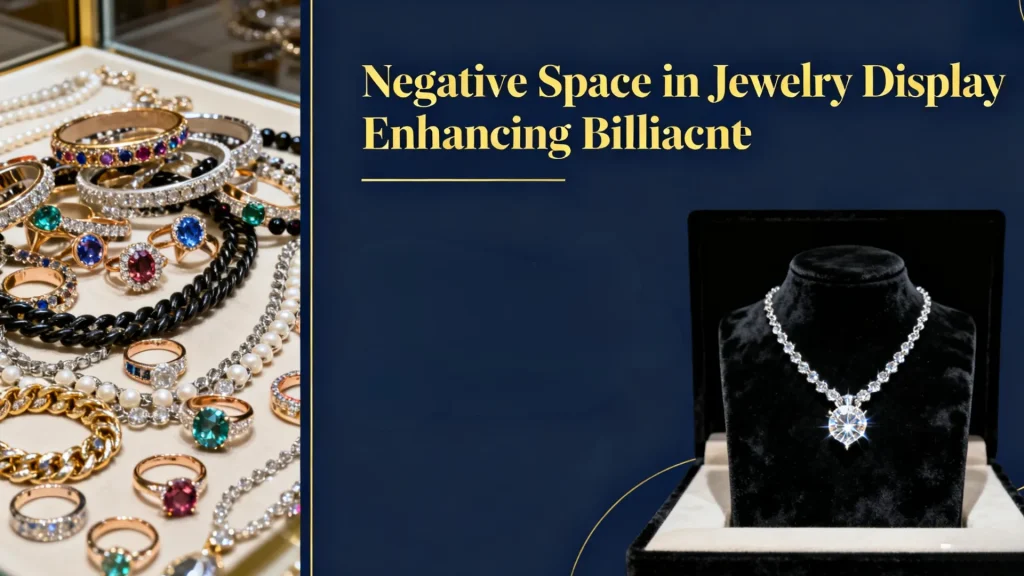
Track your sales data before and after making changes to your displays. Monitor which items are selling from key positions. Ask your staff for feedback on customer interactions with the new layouts. Measuring success allows you to refine your strategy based on real data, not just intuition.
Your in-store display is a critical touchpoint, but it is part of a larger brand story. A truly powerful retail experience is seamless. It connects what customers see in your store with every other interaction they have with your brand.
Think of your brand experience as a complete narrative. The story might begin online with your website, continue in your store with your beautiful displays, and culminate at home when the customer opens their purchase. Every element should feel consistent in its quality and aesthetic.
Your product’s packaging is its final stage before it goes home with the customer. As specialists in custom jewelry packaging, we know that a beautiful box or pouch extends the luxury experience beyond the store. It becomes a lasting reminder of your brand’s commitment to quality, perfectly complementing the promise made by your in-store displays. To understand the full strategic value, read our deep dive on Custom Jewelry Packaging vs. Off-the-Shelf Solutions: Unveiling Branding Potential.
To maximize the long-term return on your jewelry display investments, proper care and maintenance are essential. From regular cleaning to routine inspections of display stands and counters, consistent upkeep ensures that your merchandise always looks its best and your displays remain safe and functional. For detailed guidance, check out our practical guide: Practical Advice on Maintaining and Cleaning Jewelry Display Solutions for Longevity, where we share expert tips for preserving the beauty and durability of every display element.
Which one of the F.O.C.U.S. principles will you implement in your store this week? Share your current display challenges or successes with us! If you found this guide helpful, please share it on LinkedIn or with a fellow retailer.
Strategic jewelry display is a system, not a collection of random tips. Mastering elements like lighting and layout is crucial for transforming products into sales. A cohesive experience, from in-store display to product packaging, defines a strong brand.
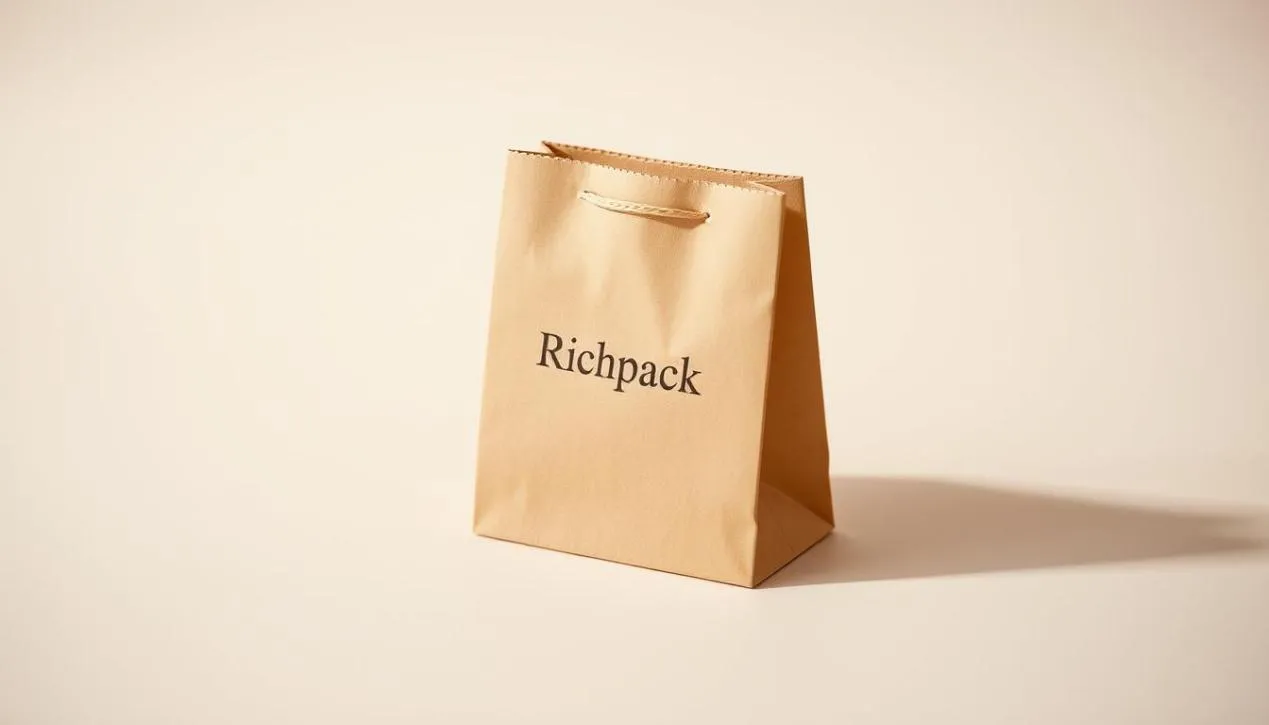
Great packaging enhances the unboxing experience and influences buying decisions. Discover how small paper bags can elevate your jewelry brand today.
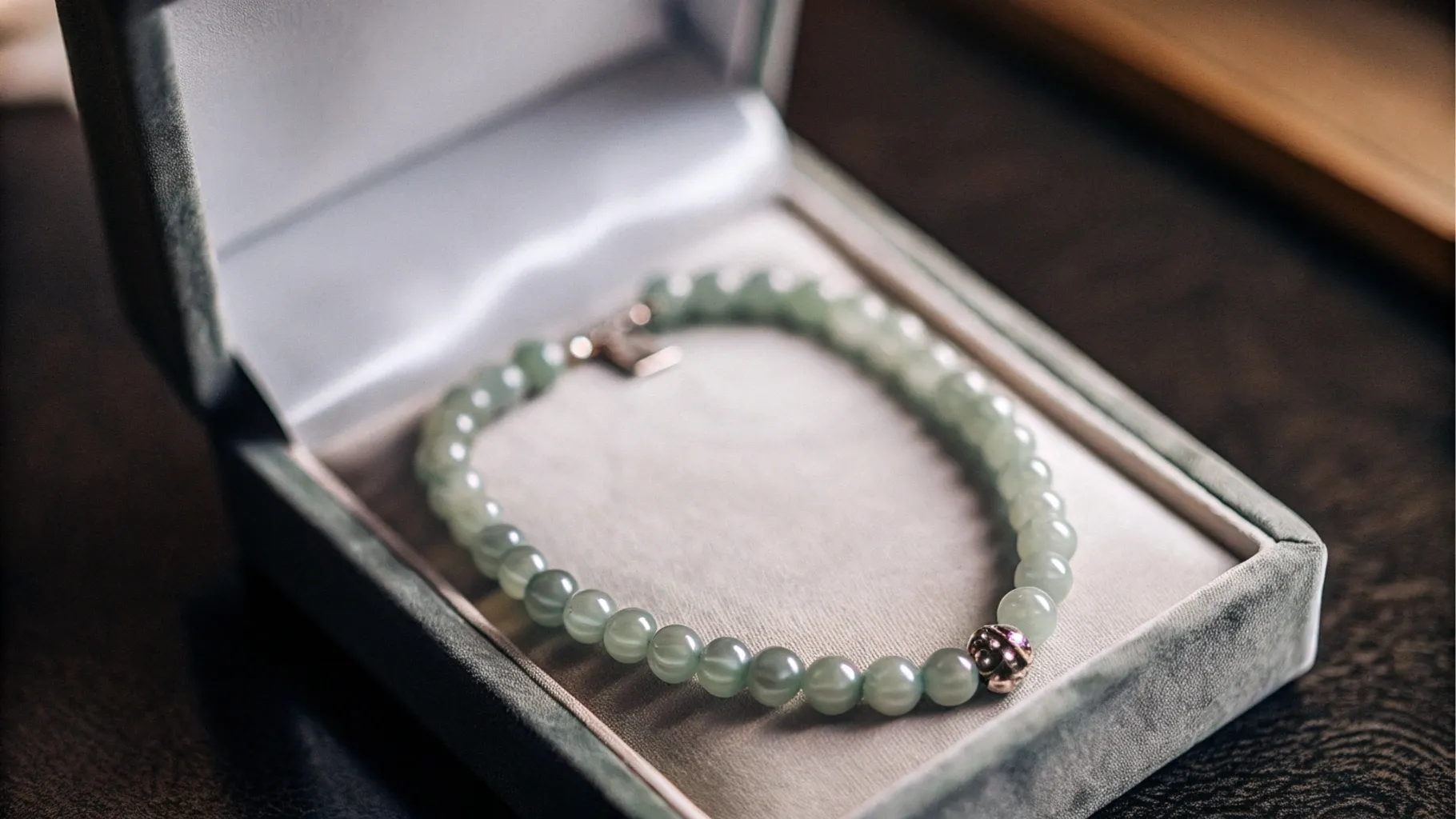
Richpack · Jade Jewellery Packaging Bridging Tradition and Modernity The allure of jade jewellery, deeply intertwined with cultural narratives and symbolic meanings, is experiencing a global resurgence. As discerning consumers seek pieces that resonate with both heritage and contemporary aesthetics, the demand for packaging that reflects this duality is paramount. For example, the “Oriental Trousseau”… Continue reading High-Conversion Jewelry Displays: Strategy & Design for Retail
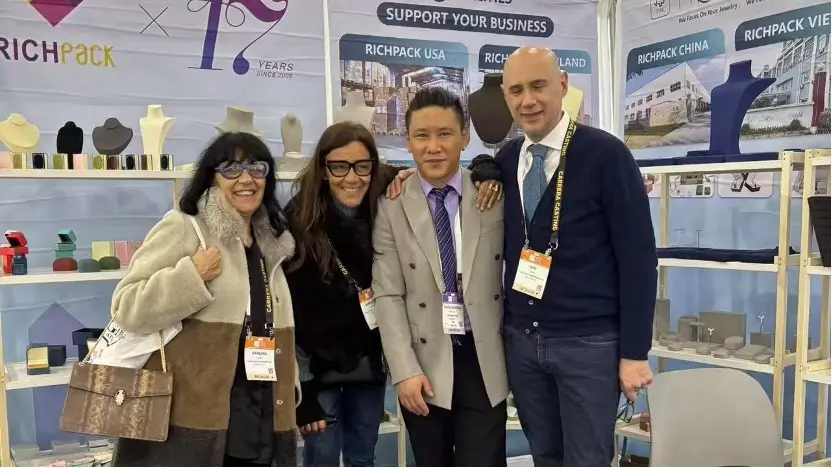
Richpack, a global leader in jewelry packaging solutions, made a strong presence at the JA New York Show March 16-18, 2025. The Richpack booth 1626 showcased its extensive manufacturing capabilities at four strategically located facilities around the world. Visitors saw an impressive and diverse portfolio of jewelry packaging products, including elegant jewelry boxes, display busts,… Continue reading High-Conversion Jewelry Displays: Strategy & Design for Retail
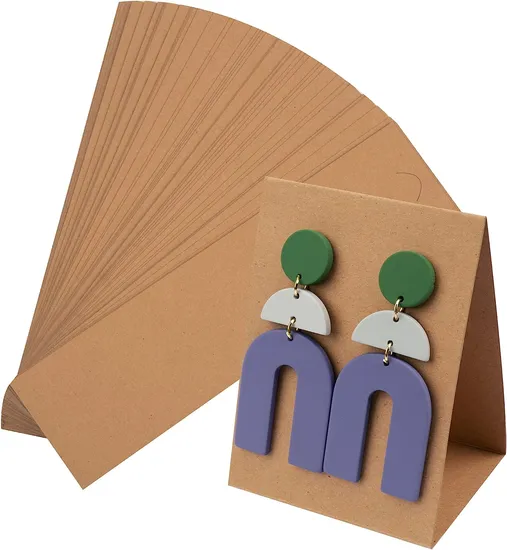
Custom Jewelry Display Cards for Showcasing Earrings, Rings, and More – Well printed Jewelry Cards and Jewelry Card Displays from Richpack to Elevate Your Brand

Custom Portable Jewelry Display Case for On-the-Go Vendors–Durable Travel Display Cases and Portable Jewelry Showcase Displays for Convenient Presentation
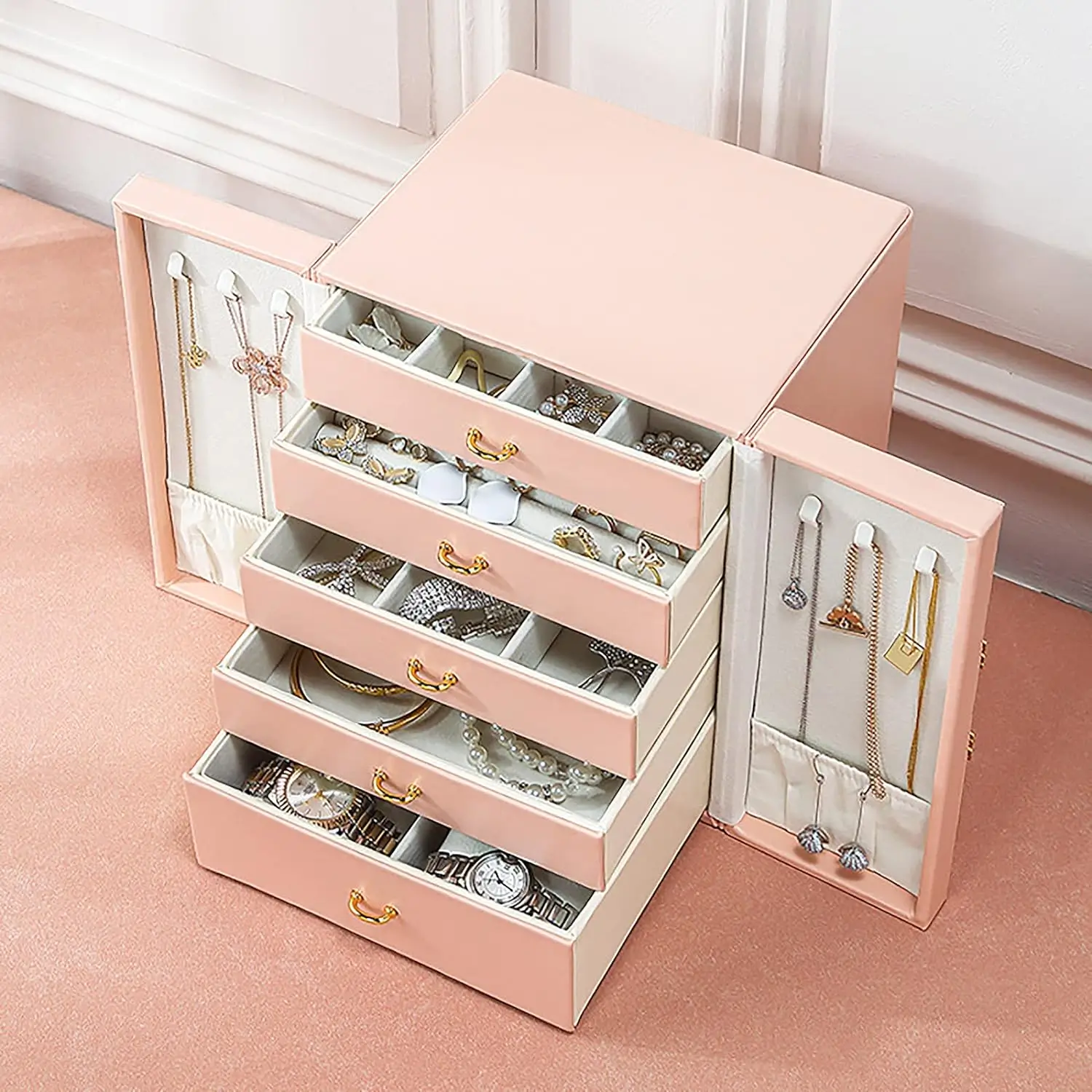
Customizable Drawer Organizers for Jewelry – Organize Your Collection with Premium Jewelry Drawer Dividers and Expandable Jewelry Trays for Perfect Storage
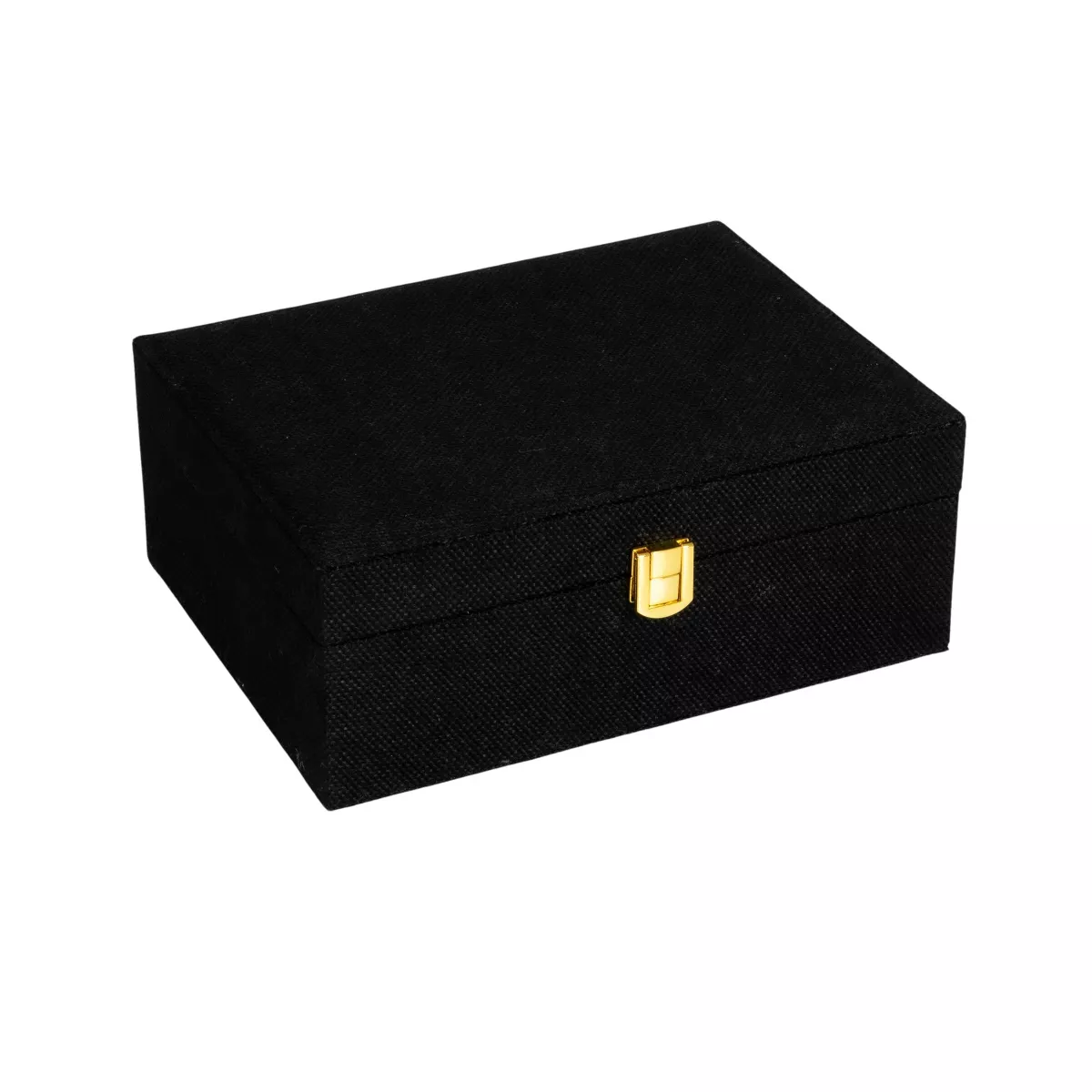
Affordable Bespoke Jewelry Organizers with Low Minimum Order Quantities | Designed for Small-Scale Jewelry Retailers Needing Custom Packaging
View More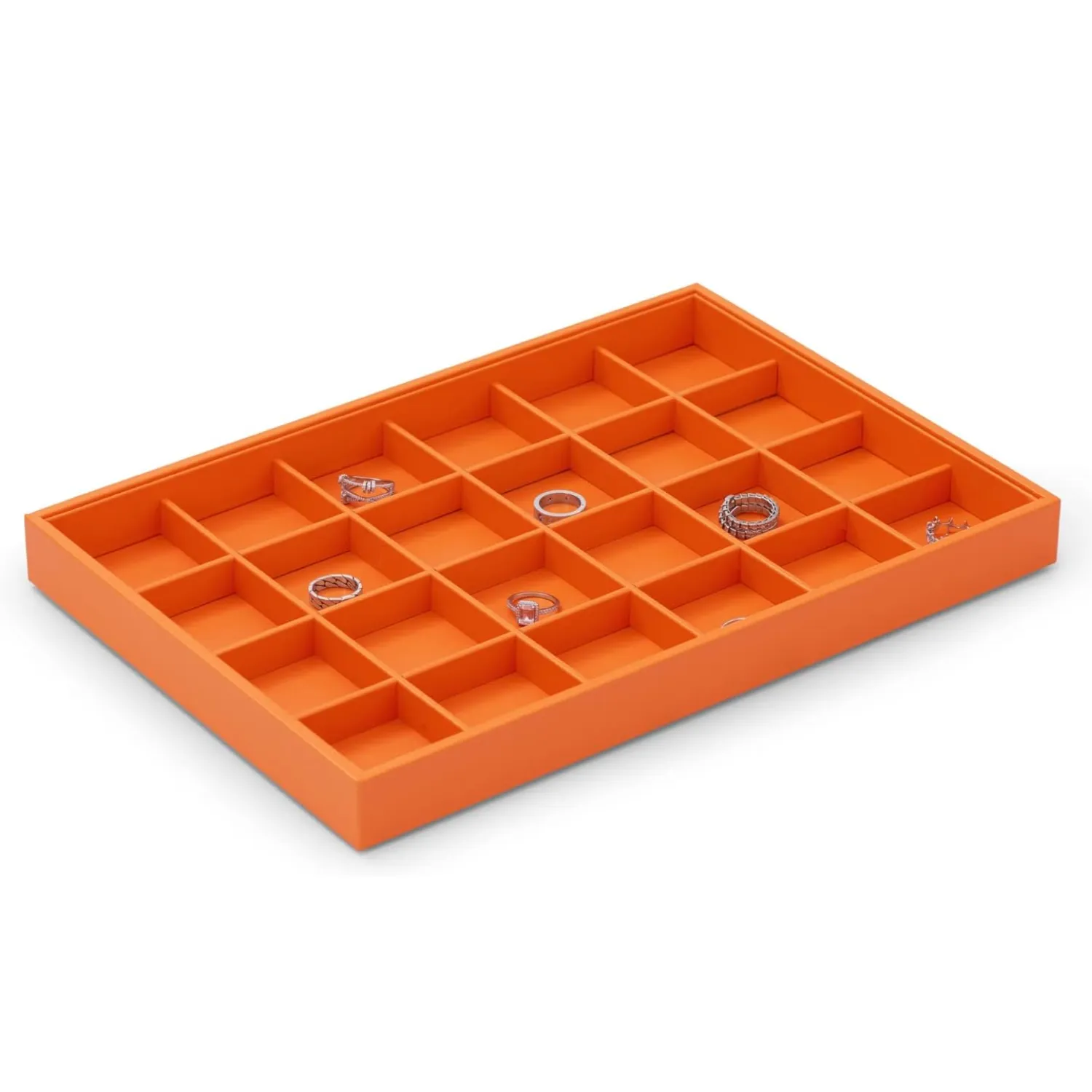
Budget-Friendly and Low-Cost Jewelry Organizers for Small Businesses | Perfect for Retailers Needing Affordable Storage Solutions without Compromising Quality
View More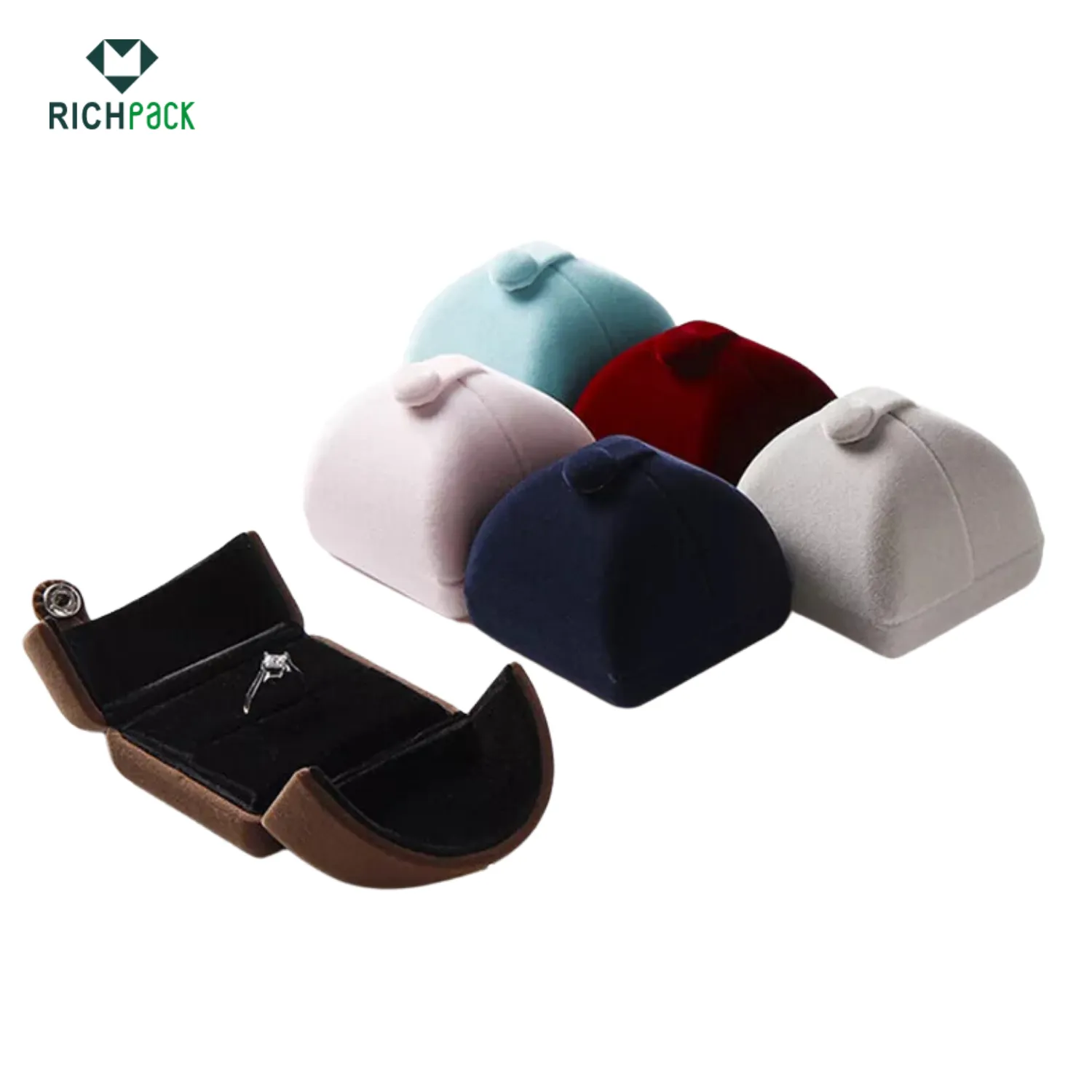
Charming Child’s Jewelry Box for Boys & Girls | Cotton Kids Jewelry Boxes for Treasured Keepsakes Birthday Gifts for Little ones Richpack
View MoreJust submit your email to get exclusive offers (reply within 12 hours)